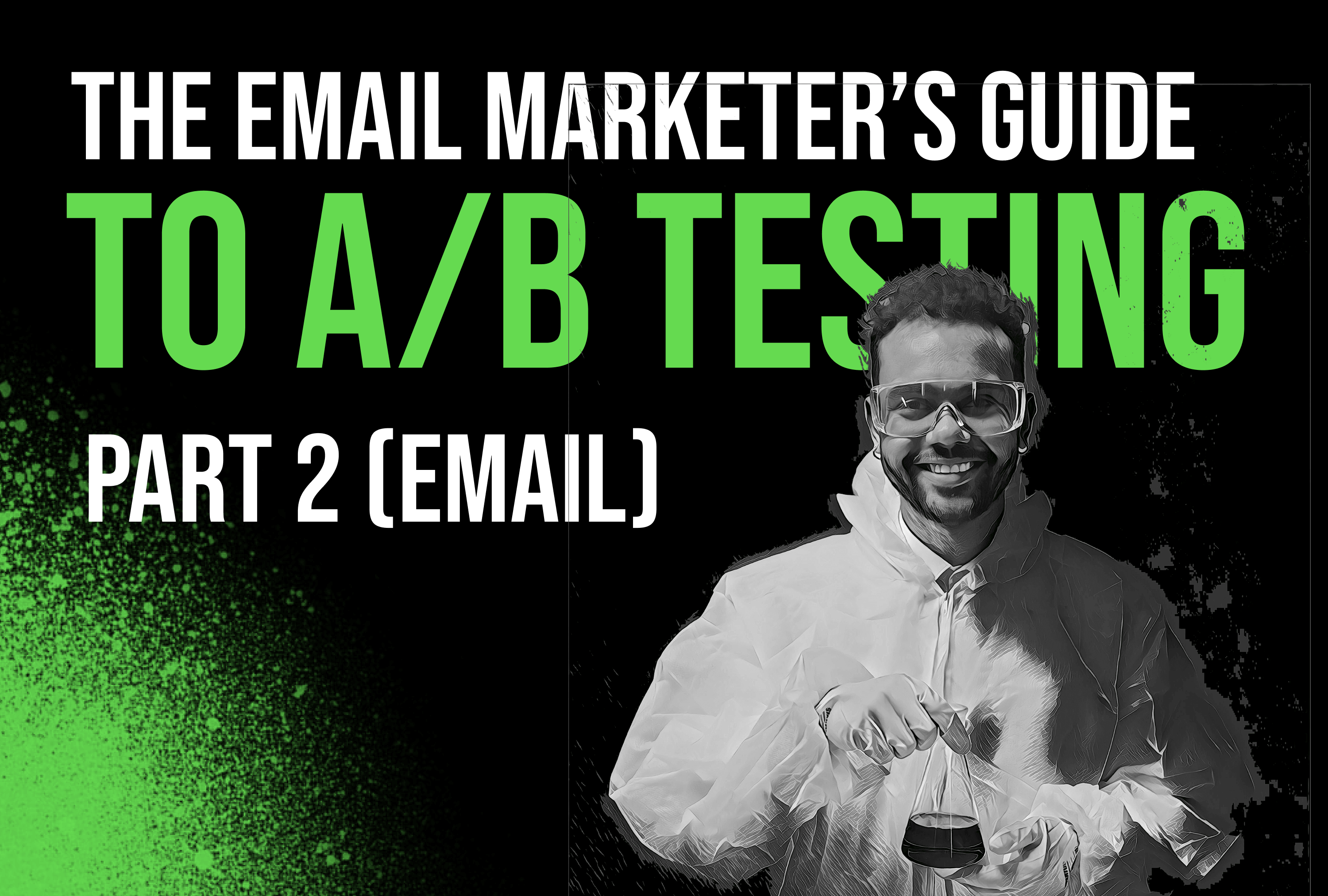It’s inevitable that some email campaigns (like new collection launches and major sales events) will perform better than others. But with regular A/B testing, you’re able to make strategic changes and improve your key metrics for all emails you send. This could include open rate, placed order rate, AOV, and an increase in your ROI.
When running A/B tests, it’s important to stick with one specific variable that you’re testing, so you can clearly identify what it was that boosted your results. If you’re unsure where to start, here are our main recommendations for A/B testing email content.
Tone of voice
Creating a distinct tone of voice is one key to building brand recognition and strengthening relationships with customers. Once you’ve created your brand persona, writing engaging email campaigns and automations that customers connect with will become easier. As your brand evolves, so too will your tone of voice, so finding what language choices your customers respond well to is a must. Here’s a few examples of email copy you can A/B test:
- Subject line
- Preview text
- Headings
- Personalized welcome
- Body copy
- CTAs
The big one is subject lines. A great subject line will get your email opened, and a not-so-great subject line might get your email overlooked. If you’re a Klaviyo user, you’ve got access to industry benchmarks, which will clearly show how your emails stack up against the competition. Open rate for email campaigns will generally sit lower than automated emails. For example, the 2020 Klaviyo benchmark for open rate of an email campaign for the Jewelry industry is 17.57%, whereas for automations it’s 39.52%.
You can experiment with the overall tone of voice, with the points we listed above. For example, do your customers engage more with fun CTAs like “make it mine” or do you get more clicks on simple “shop now” buttons? The more testing you do, the more you’ll be able to improve aspects of your emails.
Timing
In case you haven’t heard — timing is everything. It’s true! The same applies to your email campaigns and automations as per below:
- Send time (campaigns)
- Time delays (automations)
For example, you don’t want to send someone an abandoned cart email two minutes after they added items to their cart. We usually recommend starting with testing a 30 minute delay vs a 1 hour delay on initial abandoned cart reminders. For email campaigns, trial different times of the day/night to see when the majority of your customers open emails. Klaviyo also has a ‘Smart Send Time’ feature which analyses your data to find an optimal send time.
Offers
Test what offers work better for you and your customers. Make sure whatever discount, or incentive you decide to go with, fits within your margins. At the end of the day, these offers ultimately need to be helping to increase your ROI. The types of offers you could test include:
- Percentage vs. a dollar value discount
- Gift with purchase options
- Free shipping vs. a discount
- Buy one get one free (storewide or on select products)
- Spend and save amounts
Design
The look of your emails is something that will naturally evolve over time — but if you’re stuck for inspiration, try shaking up the positioning of certain elements. This could include:
- CTAs
- Offer codes
- Product feeds
- Loyalty program points balance
Take a look at your analytics afterwards, and see if you motivated more clicks than normal.
Lists and segments
Are you sending your email campaigns to your entire list? That could be hindering your results. Try creating segments to differentiate your most engaged audience from your not-so-engaged audience. This will help you to improve key metrics including:
- Open rate
- Click rate
- Placed order rate
- Revenue per recipient
- Bounce rate
- Unsubscribe rate
You can check out our blog ‘3 Steps to Spring Cleaning Your Email Marketing Platform’ for a more in-depth look at lists and segments.
The wrap up
The list of things that you can A/B test is (basically) endless. The most common place to run tests for email is with subject lines. It’s a surefire way to test what prompts the most opens. From here, you can test:
- Tone of voice
- Timing
- Offers
- Design
- Lists/Segments
- Plus more
Don’t forget to track your results so that you can use them to make your next email campaign or automation even better.
Need a hand?
Reach out to our team here to take your email marketing to the next level.

